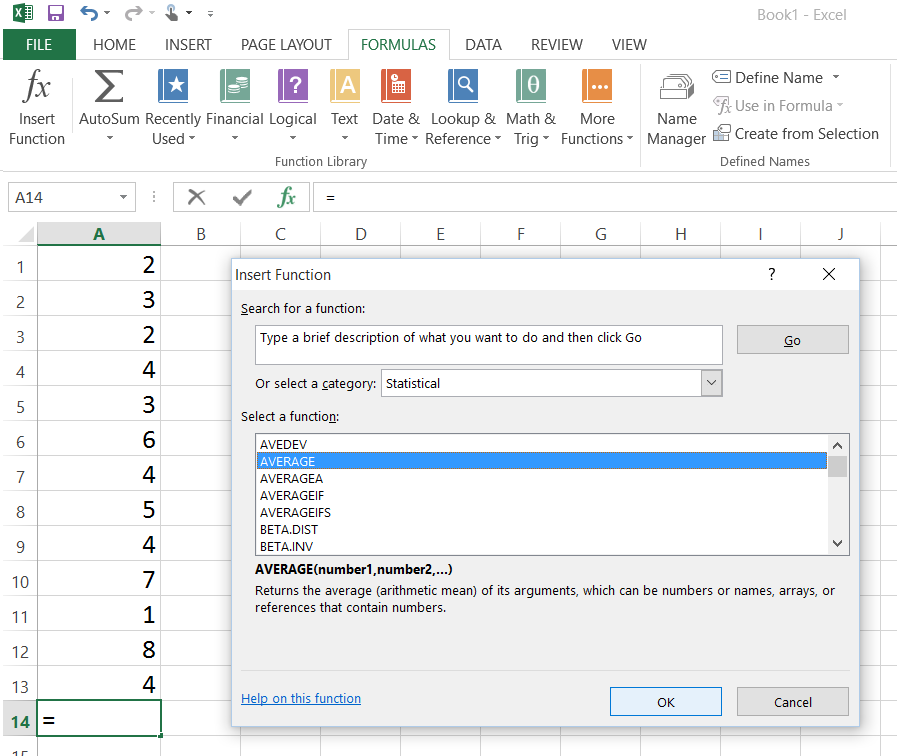Smart Ways to Draw Humans Like a Professional in 2025
As the demand for creative professionals continues to grow in various industries, understanding how to draw humans accurately has become essential for artists at any skill level. Mastering the human form not only enhances your portfolio but also deepens your ability to convey emotions and narratives through your artwork. In this article, we'll explore smart methods for drawing humans, focusing on anatomy, proportions, techniques, and how to depict character effectively. By applying these strategies, you’ll develop the skills to produce realistic humans, expressive poses, and dynamic figure drawings.
The journey begins with a thorough understanding of basic human anatomy, which is crucial for creating accurate representations. Next, we'll investigate sketching techniques, such as life drawing and gesture drawing, which help capture the essence of human movement and emotion. We’ll also cover specific areas of interest like drawing heads, hands, and facial expressions. Finally, we'll explore the integration of digital tools and innovative techniques that are shaping the artistic landscape in 2025.
By the end of this article, you will be equipped with both the foundational knowledge and advanced insights necessary to elevate your figure drawing skills. Let’s dive into our exploration of the human figure and unlock your potential as a professional artist.
Essential Techniques for Understanding Human Anatomy
Breaking Down Human Anatomy Structure
Understanding human anatomy is the cornerstone of effective figure drawing. Anatomy for artists involves studying the bones, muscles, and skin to recreate realistic forms that reflect the diversity of human bodies. Begin with the basic body shapes, such as the head, torso, and limbs, to create a simplified model of the human figure.
Start with skeleton drawings using the human skeleton as a framework. Understanding how bones affect the appearance of muscles helps in rendering lifelike movement. Focus on muscle groups—the biceps, triceps, and thigh muscles—recognizing how they change with different poses. For artists, using anatomy guides can provide essential insights when capturing human gestures and expressions.
Proportions in Drawing: Male and Female Anatomy
Proportions play a pivotal role in drawing humans accurately. Use the 'head' measurement method, where the human figure can be divided into eight heads for adults, simplifying the process of achieving correct proportions. This technique varies between male and female figures, making it essential to study both anatomical structures.
When working on dynamic poses, practice measuring limbs in relation to the torso. For instance, the arms generally should be about three-quarters of the torso's length. To further refine these skills, engage with figure studies that highlight male and female anatomy variations through different artistic styles.
Gesture Drawing: Capturing Movement
Gesture drawing is essential for representing human movement and emotion effectively. By focusing on lines and shapes rather than details, gesture drawing emphasizes the essence of a pose. Work with life models for practice; this helps in visualizing the figure's weight, balance, and energy.
Gestures often portray feelings or actions, thus engaging viewers. Enhance your skills by integrating quick sketches into your routine, aiming for 30-second to 2-minute sketches. This not only improves your speed but also enhances your ability to observe human behavior and motion.
Techniques for Drawing Realistic Faces and Expressions
The Fundamentals of Facial Proportions
Drawing faces begins with understanding facial proportions. A standard face can be divided into thirds: the hairline to brows, brows to the bottom of the nose, and nose to chin. Keep these proportions in mind while practicing portrait techniques. This will help you accurately depict facial features such as eyes, nose, and mouth.
When drawing eyes, recognize their construction—the iris, sclera, and eyelashes. Pay attention to how light reflects and alters their appearance. Similarly, for noses, practice different angles to understand how depth and perspective impact realism. Mastering these elements is critical for creating convincing human likenesses.
Shading Techniques for Depth in Faces
Effective shading techniques help create depth and dimension when portraying faces. Understanding light and shadow allows you to emphasize facial structures and expressions. Experiment with various shading methods to find what suits your artistic style best—be it cross-hatching, stippling, or soft blending.
Highlight key areas such as cheekbones, jawlines, and brow ridges. Furthermore, pay attention to the subtleties of skin tones; blending different hues can depict emotions accurately and add realism to your portraits.
Expressive Poses and Emotional Representation
To elevate your character drawings and bring them to life, focus on expressive poses that convey human emotions. Analyze the subtlety in body language, facial expressions, and gestures that illustrate feelings. A joyful figure may lean forward, while a sad pose might involve slumped shoulders.
Incorporating human emotions through posture and expression creates depth and relatability in your artwork. Balance your technical knowledge of anatomy with the ability to infuse narrative in your illustrations, transforming static drawings into compelling visual storytelling.
Innovative Drawing Methods for the Modern Artist
Digital Techniques for Figure Sketching
With advancements in technology, digital drawing has become an integral aspect of modern art. Utilize drawing tools like tablets and software for dynamic figure sketching. Digital techniques such as layering, undoing mistakes, and customizable brushes allow you to explore styles and refine your work more efficiently.
Dive into anatomy apps and online courses that provide interactive learning experiences. Many platforms now offer step-by-step tutorials tailored for both beginners and experienced artists. Engage in the art community via social media and forums to share your work and gain critiques.
Collaboration and Feedback in Artistic Development
Art critique and collaboration can significantly enhance your drawing skills. Participate in art challenges and workshops to gain new perspectives and insights. Networking with other artists allows for shared learning and constructive criticism, helping you refine your techniques further.
Consider forming or joining a sketch group where you can practice gesture drawing from life models. The opportunity to observe and evaluate others’ techniques promotes a rich learning environment, sharpening your sketching skills while expanding your artistic repertoire.
Anatomy Workshops for Advanced Skills
Attending anatomy workshops can provide invaluable knowledge and expertise. Many professional artists and instructors offer specialized classes focusing on human anatomy and figure drawing. These workshops often come with hands-on sessions where you can practice under guidance, ensuring you grasp the complexities of the human body.
Combine traditional drawing techniques with lessons learned online or from workshops. Use anatomical sketches to develop a deeper understanding of muscle movements, layering your knowledge in practical applications during life drawing sessions.

Practical Resources for Continued Learning
Artistic Anatomy Books and Online Resources
To deepen your understanding of human anatomy, invest in high-quality artistic anatomy books that detail muscle structures and proportions. Some recommended books cover both male and female anatomy, providing comprehensive breakdowns for aspiring artists.
Along with books, explore various online resources that feature video tutorials and article collections focusing on figure drawing. Websites like drawing tutorials online and platforms offering drawing courses can enhance your skills progressively.
Utilizing Life Models for Realistic Drawing Practice
Life drawing is an essential practice that provides real-time experience in observing the human body. Working with life models helps you capture the nuances of human posture and movement effectively. Art schools often offer life drawing classes where you can gain practice with guided instruction.
For those who are unable to attend in-person classes, consider creating your own sessions at home with friends or using online platforms offering virtual life drawing sessions. This flexibility caters to diverse skill levels and learning preferences while ensuring continual growth.
Art Challenges and Community Engagement
Engaging in art challenges not only motivates you but also broadens your understanding of figure drawing. Many online platforms host monthly drawing prompts that invite artists to conceptualize characters around specific themes or criteria, such as human gestures or emotional representations.
By participating in these communities, you not only showcase your skills but also receive feedback that can refine your approach and help you develop a unique artistic style. Embrace the power of constructive criticism and implement suggestions into your drawings for subsequent improvements.

Frequently Asked Questions
What are the best resources for studying human anatomy?
Starting with foundational books on artistic anatomy can significantly aid your studies. Combine these with online platforms that offer video tutorials, real-time drawing sessions, and forums where you can engage with professionals and peers.
How do I improve my figure drawing skills quickly?
Incorporate daily sketching routines focusing on gesture drawing for speed and efficiency. Participate in life drawing sessions using models to practice proportions and captures of dynamic poses. Regular critique from trusted peers can also accelerate development.
What are some common mistakes to avoid in figure drawing?
Common mistakes include neglecting proportions, underestimating the importance of basic shapes, and failing to observe the human form closely. It's essential to combine knowledge of anatomy with practice consistently to overcome these challenges.
How can I develop my artistic style when drawing humans?
Your artistic style evolves with practice, experimentation, and exploration. Try different techniques, styles, and drawing methods until you find what resonates with you. Engaging with various artists and art forms can also spark inspiration and contribute to your unique style.
What are the benefits of digital drawing over traditional methods?
Digital drawing offers advantages such as the ability to easily correct mistakes, layer creations, and experiment without the need for physical materials. Digital tools provide a versatile environment for artistic exploration, while still allowing traditional methods to complement your skills.
